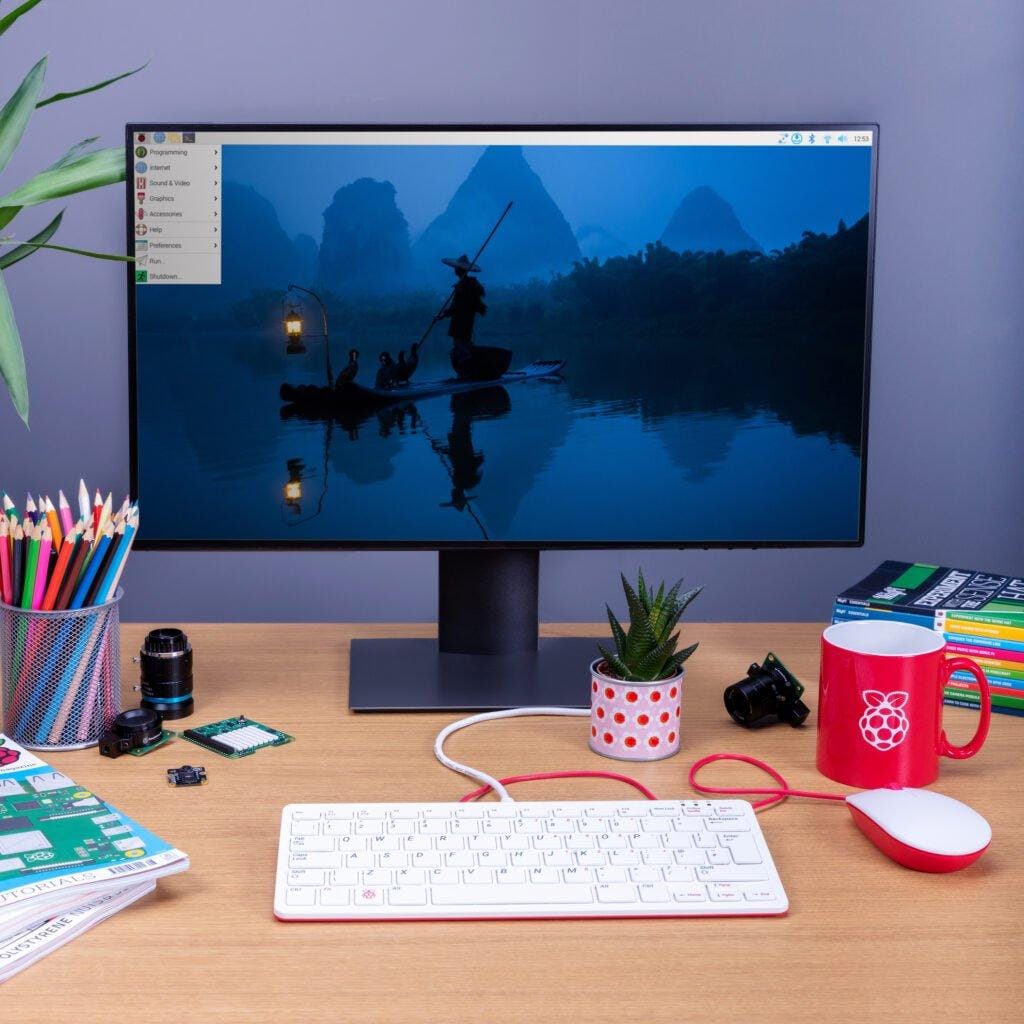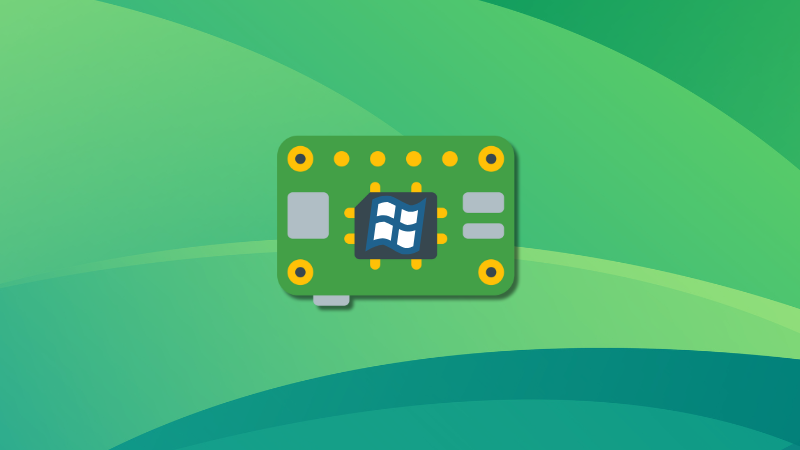
If you are into hardware tinkering, then you have most likely used a Raspberry Pi to give your DIY projects the appropriate firepower. Heck, you can even run Linux distributions or Windows on it if it suits you.
However, for many, the OS of choice is the Raspberry Pi OS, which is based on Debian and has been tailored by Raspberry Pi engineers to run well on their hardware.
In a recent announcement, they introduced a major change when it comes to how they handle the windowing system of their operating system.
Let's check it out. 😃
Raspberry Pi OS Switches To Wayland

Marking a departure from X11, Raspberry Pi OS is now Wayland by default from the latest Bookworm release. The developers have included Xwayland so that users don't face any issues when running native X11 applications.
This move was something that the Raspberry Pi developers first considered 10 years ago, but at the time, Wayland had not matured enough for them to justify a complete switch.
Over the years, they started to experiment with it. They began in 2021 with the Bullseye release, switching to Mutter and using it as an X11 window manager with an optional Wayland mode.
Then, in 2023, with the Bookworm release, they replaced Mutter with Wayfire, and made the Wayland session the default one on the Raspberry Pi 4 and 5, continuing to use the X11 session on weaker Raspberry Pi models.
After many extensive bouts of experimenting and testing, they found out that they were doing more harm than good and had to look for new solutions. That is when they found labwc, where, within hours of work, they were able to implement it into the Raspberry Pi OS.
They then collaborated with the developers of labwc and wlroots (a crucial component of labwc) to further refine the Wayland experience for Raspberry Pi devices. They have now reached a stage where Raspberry Pi OS runs efficiently on both older and newer devices when using the Wayland session.
During the announcement, Simon Long, UX Lead at Raspberry Pi, added that:
For most of this year, we have been working on porting labwc to the Raspberry Pi Desktop. This has very much been a collaborative process with the developers of both labwc and wlroots: both have helped us immensely with their support as we contribute features and optimisations needed for our desktop.
Other than the Wayland stuff, there is now a vastly improved touch-screen experience, better Raspberry Pi Connect integration, and various other user experience tweaks with the new release.
You can go through the announcement blog to learn more.
Get Raspberry Pi OS
Existing Raspberry Pi OS Bookworm users can upgrade to this new Wayland-by-default release by running the following commands:
sudo apt update && sudo apt full-upgradeAfter reboot, you will be asked to switch to labwc. If you would rather not switch, then you can select “Keep Wayfire”. Keep in mind that the Wayfire implementation won't be receiving any updates going forward.
For fresh installations, you can visit the official website, where you will find images for the various Raspberry Pi models.
Suggested Read 📖

- Even the biggest players in the Linux world don't care about desktop Linux users. We do.
- We don't put informational content behind paywall. Your support keeps it open for everyone. Think of it like 'pay it forward'.
- Don't like ads? With the Plus membership, you get an ad-free reading experience.
- When millions of AI-generated content is being published daily, you read and learn from real human Linux users.
- It costs just $2 a month, less than the cost of your favorite burger.
Become a Plus Member today and join over 300 people in supporting our work.











